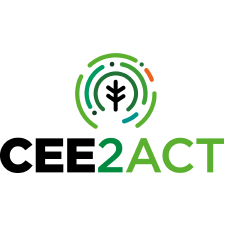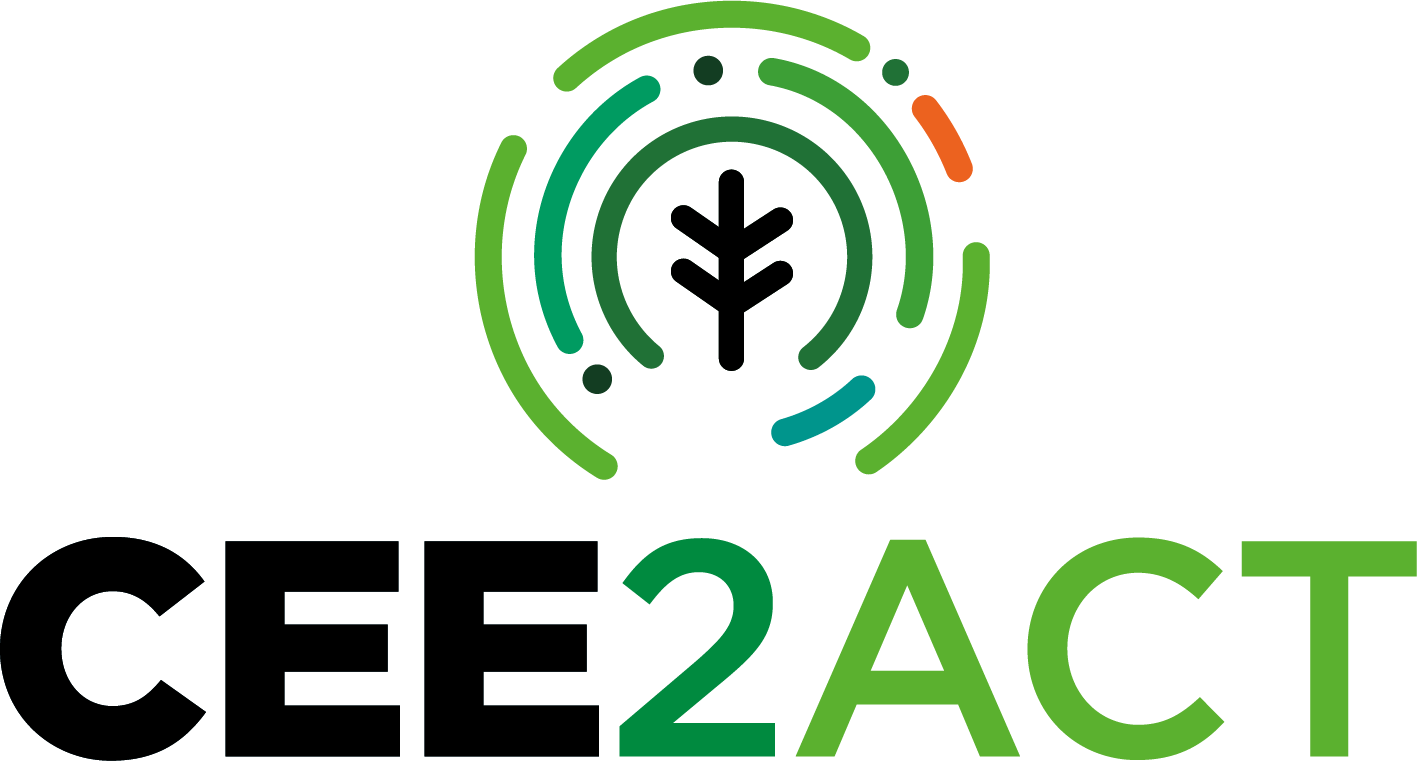Title of the monitoring & evaluation methodology /practice: Synthesis on bioeconomy monitoring systems in the EU Member States - indicators for monitoring the progress of bioeconomy
Which project/institution developed it
- Title: Synthesis on bioeconomy monitoring systems in the EU Member States
- Acronym: MontBioeco
- Funding source: Co-financed by Luke, the Standing Committee on Agricultural Research (SCAR) Bioeconomy Strategic Working group (BSW), the Common Agricultural and Wider Bioeconomy Research Agenda (CASA) and the Ministry of Agriculture and Forestry Finland (MMM)
Implementation period: 11/2017 - 06/2018
Description:
The research was conducted by experts from the forest and agricultural sector and supported from experts in bioeconomy statistics. The results of this report are based on three parts including:
i) a literature review of different existing bioeconomy indicator initiatives at national, EU and international level; a draft of suitable key indicators and related indicators for describing the progress of a bioeconomy;
ii) a quantitative online survey sent to SCAR BSW members (including Ministries and research organisations at national level responsible for developing, assessing and monitoring national bioeconomy strategies, policies and/or related initiatives in thirteen EU MS mapping existing bioeconomy sectors; existing and/or needed bioeconomy key indicators and indicators for assessing and monitoring bioeconomy strategies, policies and/or related initiatives at national level; and data availability for bioeconomy key indicators and related indicators at national level;
iii) an analysis of the quantitative online survey results, including discussions about the already existing and most needed key indicators and related indicators, as well as their respective data availability identified from the survey results;
iv) an outline of the most suitable key indicators and related indicators towards a common set of indicators for measuring the progress of bioeconomy at EU level.
Most of the selected key indicators and related indicators are currently used in ongoing panEuropean and/or international bioeconomy-focused and/or bioeconomy-related indicator processes. Because the focus of the study are on the EU MS, the research group decided to structure the identified suitable key indicators and related indicators for describing the progress of a bioeconomy around the EU bioeconomy strategy objectives:
- creating jobs and maintaining competitiveness,
- reducing dependence on non-renewable resources,
- mitigating and adapting climate change,
- ensuring food security, and
- managing natural resources sustainably.
After the selection of the most suitable indicators, an online-survey was carried out in order to get a comprehensive overview of existing bioeconomy monitoring systems at EU MS level.
1. “Creating jobs and maintaining competitiveness”. The indicators related to the objective Creating jobs and maintaining competitiveness were grouped into five key indicators: 1.1 Number of employed persons in rural and urban areas; 1.2 Value added; 1.3 Contribution to the GDP; 1.4 Investment in research and innovation and 1.5 Exports; and respectively into 18 related indicators. The data availability is good for all key indicators and varies for the related indicators between the countries. It can be assumed that data on relative shares of bioeconomy for indicators on wood constructions, chemical industry and pharmaceutical industry are currently mainly based on expert estimates in many countries.
2. “Reducing dependence on non-renewable resources”. The indicators related to the objective Reducing dependence on non-renewable resources were grouped into six key indicators 2.1 Production of renewable energy; 2.2 Production of biofuels and biogas; 2.3 Material and waste recycling and recovery rates; 2.4 Material replacing non-renewable resources (bio-materials); 2.5 Public financial support and private investments for reducing dependence on non-renewable resources, 2.6 Investment in research and innovation; and respectively into 15 related indicators.
3. “Mitigating and adapting climate change” The indicators related to the objective Mitigating and adapting climate change were grouped into six key indicators, namely: 3.1 Carbon sequestration; 3.1.1 Forest carbon emissions/sinks; 3.1.2 Agricultural emissions/sinks; 3.1.3 Water area carbon emissions/sink; 3.2 Public financial support and private investments for mitigating and adaptation; 3.3 Investment in research and innovation; and respectively into 11 related indicators. The reported relatively low data availability for some of the key indicators might not reflect the current situation, as most of the respondent countries do report annually data under the UNFCCC (United Nations Framework Convention on Climate Change) and Kyoto Protocol on LULUCF (Land Use, Land-Use Change and Forestry).
4. “Ensuring food security”. The indicators related to the objective Ensuring food security were grouped into seven key indicators, namely: 4.1 Domestic food supply of the food commodities in terms of production, import and stock change, 4.1.1 Agricultural products; 4.1.2. Fish products; 4.1.3. Non-wood forest products; 4.1.4. New food products; 4.2 Public financial support and private investments for reducing dependence on non-renewable resources; 4.3 Investment in research and innovation; and respectively into 26 related indicators. The data availability is, with the exception of some related indicators good for these key indicators and related indicators.
5. “Managing natural resources sustainably”. The indicators related to the objective Managing natural resources sustainably were grouped into five key indicators, namely: 5.1 Land cover; 5.2 Resource availability; 5.3 Sustainable resource; 5.4 Environmental protection; 5.5 Public financial support and private investments for ecosystem services; and respectively into 26 related indicators. The respective data availability of the key indicators and the related indicators is rather good.
The results of the consultation were a group of indicators which were identified as suitable key indicators. Then, different indicators have been assigned to each objective of the bioeconomy strategy.
Link: https://jukuri.luke.fi/handle/10024/542249
« Back

